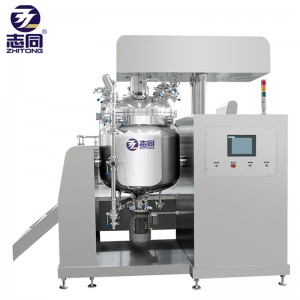1. There are usually two methods for the identification of vacuum degree, one is to use absolute pressure (ie: absolute vacuum degree) to identify, and the other is to use relative pressure (ie: relative vacuum degree) to identify.
2. The so-called “absolute pressure” means that the vacuum pump is connected to the detection container. After a sufficient period of continuous pumping, the pressure in the container does not continue to drop and maintains a certain value. At this time, the gas pressure value in the container is the absolute value of the pump. pressure. If there is absolutely no gas in the container, then the absolute pressure is zero, which is the theoretical vacuum state. In practice, the absolute pressure of the vacuum pump is between 0 and 101.325KPa. The absolute pressure value needs to be measured with an absolute pressure instrument. At 20°C and altitude = 0, the initial value of the instrument is 101.325KPa. In short, the air pressure identified with “theoretical vacuum” as a reference is called: “absolute pressure” or “absolute vacuum”.
3. “Relative vacuum” refers to the difference between the pressure of the measured object and the atmospheric pressure of the measurement site. Measured with an ordinary vacuum gauge. In the absence of vacuum, the initial value of the table is 0. When measuring vacuum, its value is between 0 and -101.325KPa (usually expressed as a negative number). For example, if the measurement value is -30KPa, it means that the pump can be pumped to a vacuum state that is 30KPa lower than the atmospheric pressure at the measurement site. When the same pump is measured in different places, its relative pressure value may be different, because the atmospheric pressure of different measurement places is different, which is caused by different objective conditions such as altitude and temperature in different places. In short, the air pressure identified with the “measurement location atmospheric pressure” as a reference is called: “relative pressure” or “relative vacuum”.
4. The most common and most scientific method in the international vacuum industry is to use the absolute pressure mark; it is also widely used because of the simple method of measuring relative vacuum, the very common measuring instruments, easy to buy and cheap price. Of course, the two are theoretically interchangeable. The conversion method is as follows: absolute pressure = air pressure at the measurement site – absolute value of relative pressure.
Post time: May-27-2022





